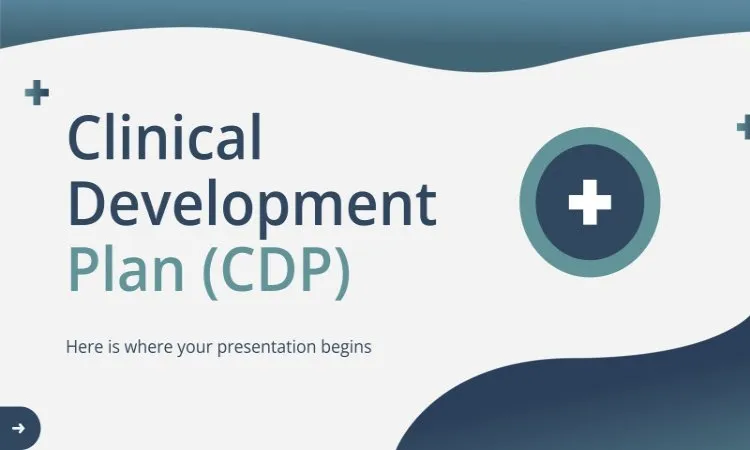

Strong clinical development planning lays a foundation that helps your therapy progress faster through the drug development journey. Thoughtful planning aligns study design, regulatory strategy and operations to let you avoid major detours and get to meaningful data quickly. Reducing timelines in complex programs does not mean rushing; it means smartly investing your resources. Let’s review some of the clinical development planning strategies that will help reduce timelines:
Start with a Robust Clinical Landscape Assessment
To shorten timelines, you have to first understand the landscape in which you’re building your program. In-depth analysis of the clinical landscape will help you identify what truly matters: unmet medical needs, patient populations, and competitors. This lets you define a clear target product profile, enabling you to design your trials efficiently and avoid rework. A good clinical strategy team emphasizes this kind of early analysis to guide sponsors wisely.
Build Flexible and Efficient Study Protocols
Rigidity in a protocol can slow you down. Instead, design studies that can adapt as new information emerges. You avoid delays whenever changes are needed by building in protocol amendment options or flexible enrollment windows. A good platform helps you create such adaptive protocols so that your trial can stay on track, even if data or regulatory feedback calls for adjustments.
Strategically Plan Regulatory Interactions
Early and planned regulatory engagement provides an opportunity to align with health authorities before major commitments. Scheduling key meetings and submissions at the right time enables real-time feedback that shapes your program. You reduce the chances of surprises later by embedding regulatory touchpoints into your planning phase. A highly skilled team can help you craft tailored regulatory strategies that align with your clinical goals.
Coordinate Cross-Functional Teams for Speed
Speedy development needs aligned functional teams. Your clinical operations, medical leads, biostatisticians and regulatory staff must all work together. The earlier you coordinate these groups, the less back-and-forth, bottlenecks and tighter timelines will be. Assigning clearly defined ownership and collaborative governance will assure far smoother decision-making, helping you move ahead quickly.
Use Risk-Based Contingency Planning
Anticipating risks and designing fallback plans is important. For instance, what if enrollment lags or there are problems in data quality emerge? Good clinical development planning includes backup options, such as alternate sites, revised statistical plans or contingency budgets. Some cross-disciplinary experts help you identify these risks early and build pathways that avoid delays.
Leverage Modern Trial Designs
Modern trials don’t always have to follow a traditional path. By using decentralized or hybrid designs, you can tap into broader patient populations, reduce site burden and shorten recruitment cycles. Certain protocol development services evaluate decentralized elements and recommend design options that improve efficiency without compromising data quality.
Having a partner with deep expertise can make these strategies even more powerful. A team like Allucent brings hands-on experience in clinical design, regulatory planning and cross-functional execution. Their experts support you in building an agile, robust plan.
Knowing your market, building flexible protocols, engaging with regulators strategically, coordinating teams effectively and managing risk are all smart clinical development planning strategies that help create a faster path toward clinical milestones. This means your therapy can reach patients sooner, but not at the expense of quality or safety.






Leave a Reply